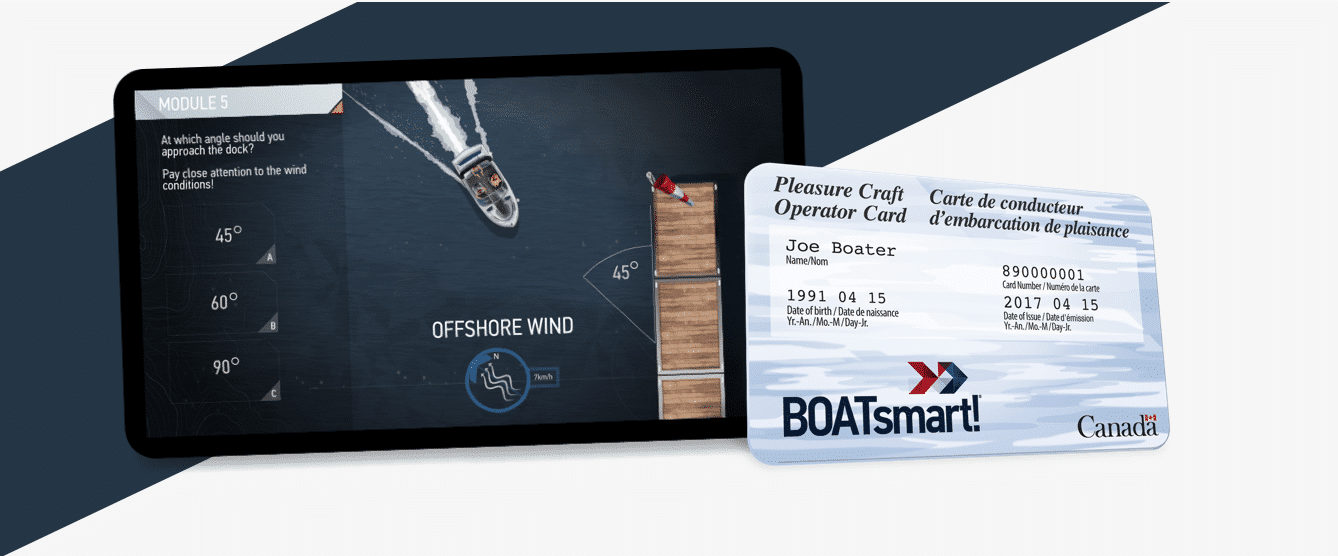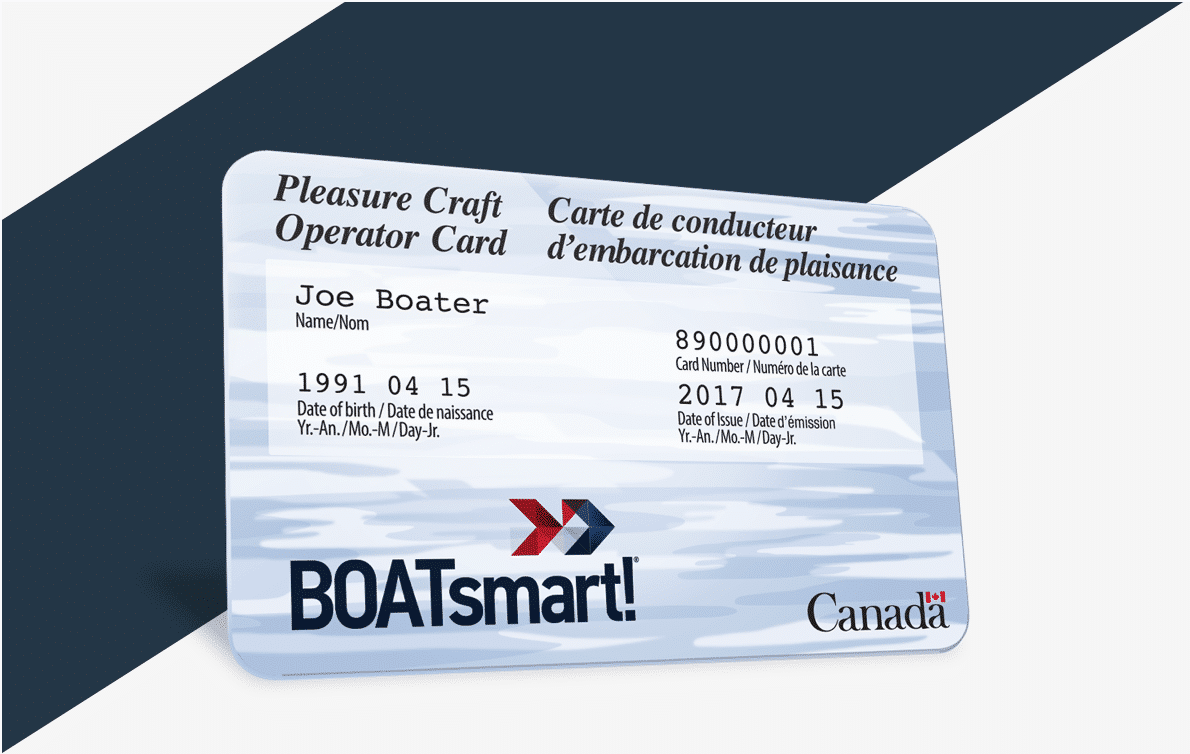BOATsmart! Canada
Knowledge Base
Module 07 - Emergency Preparedness
If Your Boat is Taking on Water - Hull Leaks, Flooding, Swamping, and Sinking
Your boat can take on water in various ways including:
- Running into an underwater hazard, such as a submerged rock
- Flooding if the drain plug doesn’t fit properly, or from other mechanical issues.
- Swamping, caused when your boat becomes filled with water over the side, due to a large wave, a wake from another boat, or if your boat has been overloaded
If you see water accumulating in the hull of your boat, immediately take the following steps to ensure your own safety, and your passenger’s (guest's) safety:
- STEP 1:
- Determine whether your passengers (guests) and/or boat are in danger, and make sure that you and your passengers (guests) are wearing life jackets or PFDs.
- STEP 2:
- If the boat is moving, bring it to a complete stop. This will reduce water pressure against the hull and slow down the leak.
- STEP 3:
- Turn on the boat’s bilge pump (if equipped) and find the source of the leak.
- STEP 4:
- If possible, find a way to stop the hull leak. You can use a tapered wooden plug, hull patch kit, towel, rag, or other soft workable material to try and plug the hole.
- STEP 5:
- Attempt to remove excess water that entered the hull while the leak was being filled, by using a hand-held bailer, manual bilge pump, or your boat’s electric bilge pumping system.
- STEP 6:
- If necessary, signal your need for help using a recognized distress signal.


Get your Official Canadian
Boating License
The Official Transport Canada Boating Course, Test & License.
Get your Official Canadian
Boating License
The Official Transport Canada Boating
Course, Test & License.



